Many state and territorial birth defects programs need guidance to increase their informatics knowledge to implement interoperable Birth Defects Surveillance (BDS) systems that lead to enhanced individual and population health.
In collaboration with CDC’s National Center on Birth Defects and Developmental Disabilities (NCBDDD), PHII is working with public health jurisdictions to strengthen the capacity of existing BDS programs to respond to emerging threats to mothers and babies. This increased capacity results from helping programs improve timeliness of surveillance data, leverage electronic health records (EHRs) and interoperability capabilities to enhance BDS, and use the surveillance data to improve health outcomes of affected populations.
Birth Defects Surveillance Readiness Assessment
This assessment helps birth defects programs determine your readiness for automated electronic data exchange using health information standards. It provides an approach for program staff to assess, identify and discuss information needs with internal and external partners. Participating in this assessment will give program staff a clearer understanding of success factors and the agency’s current capabilities.
Talking Points for Promoting Interoperability with Birth Defects Surveillance
These talking points should help public health professionals communicate with your leadership and colleagues on why interoperability is important to Birth Defects Surveillance (BDS) programs.
Webinar series
PHII and the Centers for Disease Control and Prevention (CDC) have produced a webinar series that includes:
More webinars
Note: These materials were developed in support of Cooperative Agreement number 6-NU38OT000316, funded by the Centers for Disease Control and Prevention. Resource contents are solely the responsibility of the authors and do not necessarily represent the official views of the CDC or the Department of Health and Human Services.
For questions about Birth Defects Surveillance (BDS) resources on this page, please contact us.
PHII is a program of The Task Force for Global Health, a 501(c)(3) nonprofit organization that was founded as The Task Force for Child Survival in 1984. The Task Force is affiliated with Emory University.
